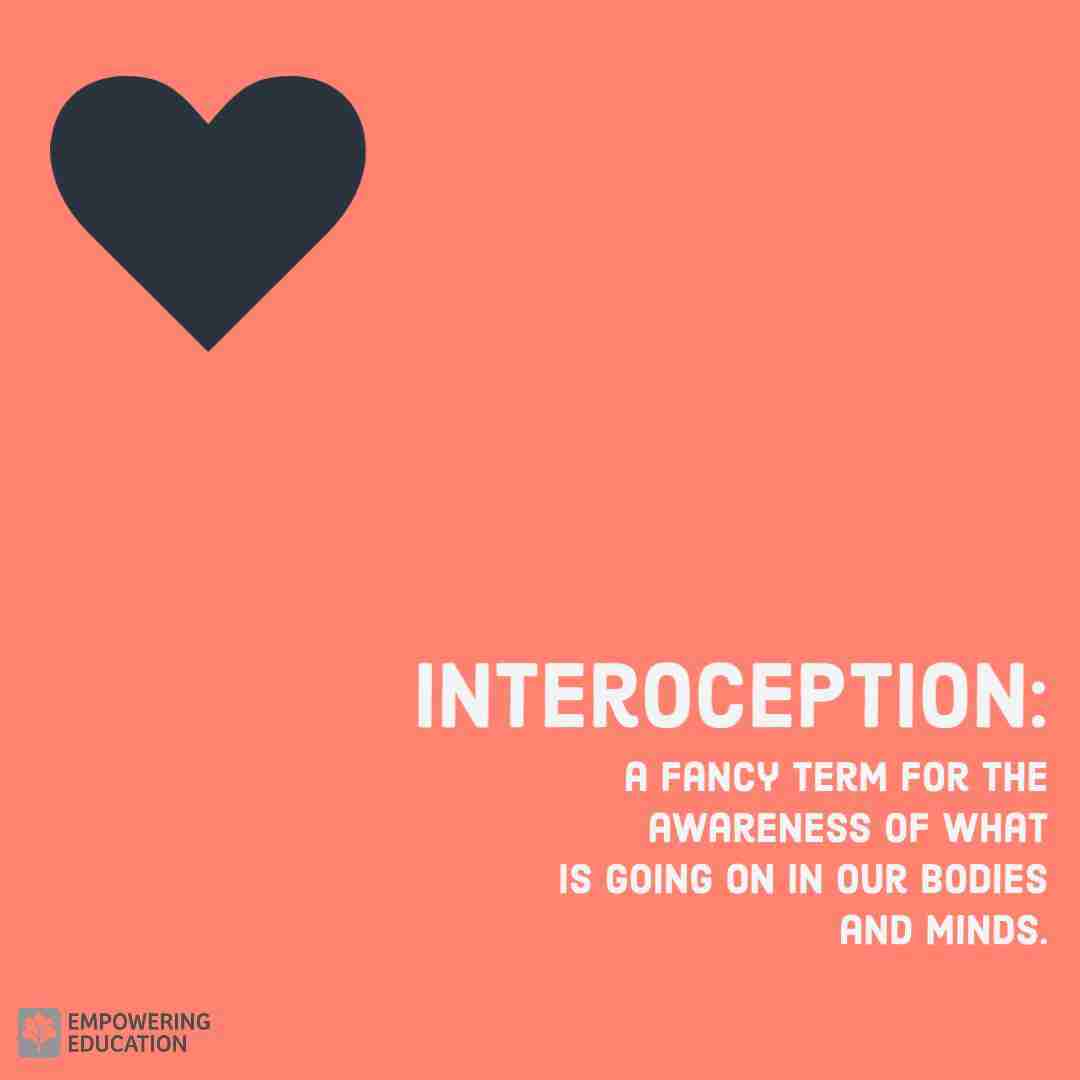Teaching Social-Emotional Learning to Elementary Students
Fun and engaging activities are one way to get elementary schoolers to buy into the lessons and topics. Let’s do a classroom activity for emotional management to get our heart rates up and then we’ll see if we can bring them down.
If I asked you right now to tell me how quickly your heart is beating, do you think you would be able to predict the exact number of times your heart beats in one minute?
Interoception: An Elementary Activity for Social-Emotional Learning
Interoception is one small activity that can help kids with their emotional management in both the classroom and other areas of their lives. Sometimes it feels like students don’t even know what’s going on inside their minds or bodies—and for that matter, we adults don’t either.
The CASEL five SEL competencies help students learn evidence-based strategies to become aware of their social surroundings as well as aware of what they feel in their own bodies with effective ways to manage their emotions (in addition to learning how to build positive relationships and make responsible decisions). This activity is one great way for elementary-aged students to learn more about managing their emotions through this hands-on social-emotional learning activity.
Try following along with this social-emotional learning classroom activity for emotional management in your elementary classroom. Let’s do a test – it’ll take just a minute!
Step 1: You have 5 seconds – guess what your heart rate is right now. Go!
Step 2: Grab your nearest watch or phone timer (or fancy heart rate monitor watch), check your pulse and see how close you were.
Predicting your heartbeat is an example of interoception. This is a fancy term for the awareness of what is going on in our bodies and minds. For example, we may feel our heart beating quickly when we are nervous, and our mind might feel light when we are happy. Or, our palms may get sweaty when we are anxious. In other words, noticing these signs in our body is interoception. Interoceptive thinking may be easy for an adult (or not!), but it can be particularly tricky for kids.
Why should we teach students interoception?
Research shows that kids who are able to analyze, reflect, and pay attention to internal body states have a stronger sense of emotional awareness. So interoception sounds cool, right? Let’s get you teaching elementary school students emotional management in your classroom!


This lesson can be a great way to build a student’s understanding of what is going on in their bodies. By teaching students how to measure their heart rate, you are equipping your students with a new tool to regulate and understand what is going on in their bodies at a given time. Similarly, this is a great activity to use for understanding and practicing emotional regulation. Play the heart rate prediction game throughout the week, especially after lunch and recess!



